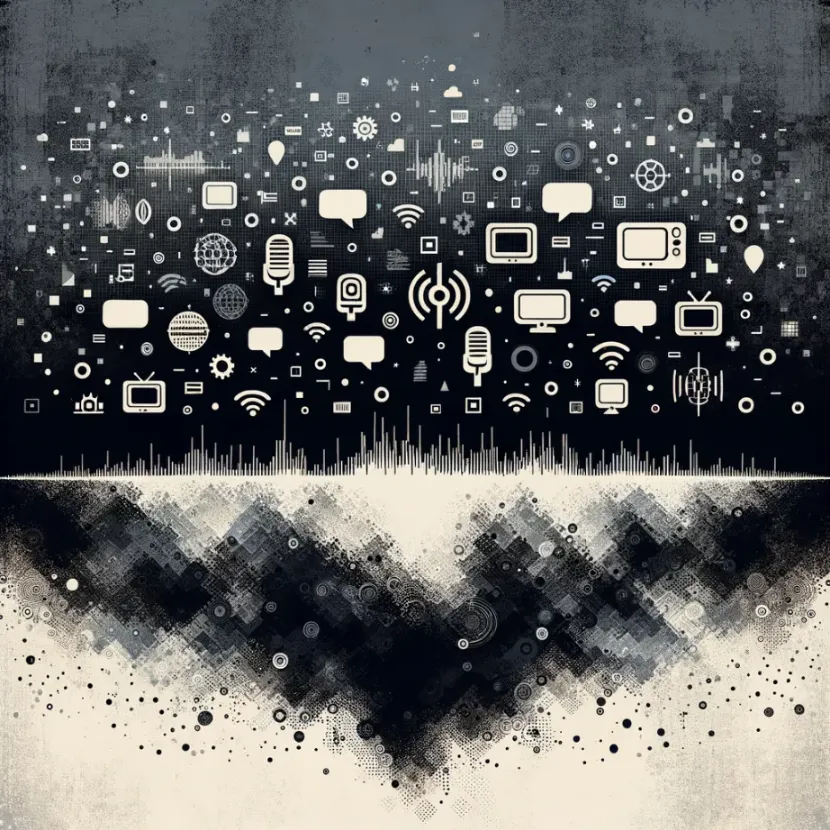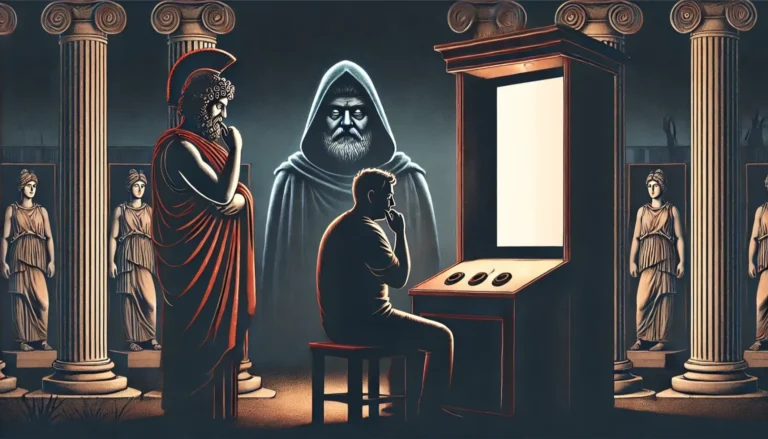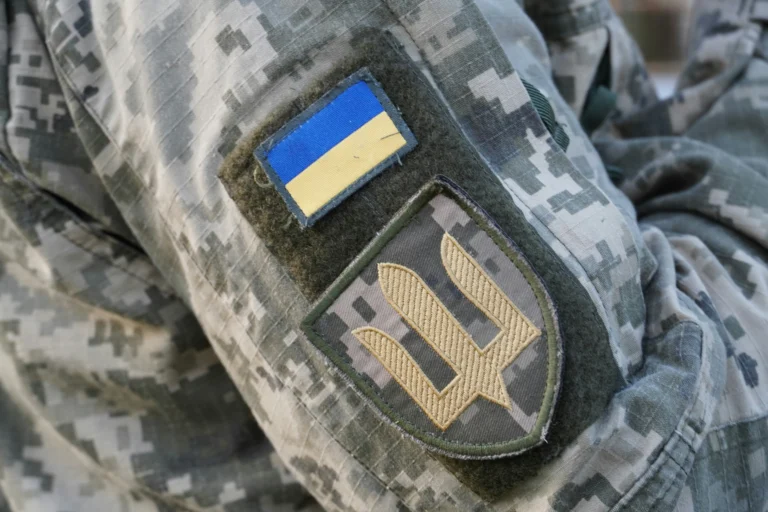Weaponising social media may be counterproductive in Hamas-Israel conflict

In the Hamas-Israel conflict, a narrative battle is unfolding on social media. Both sides exploit social media platforms to delegitimise each other. Regional powers weaponise disinformation for their domestic and international objectives. This manipulation heightens instability and the potential for a broader conflict. It also impedes reliable information, a swift end to the conflict and sustainable post-conflict peace.
This phenomenon extends beyond Israel-Palestine. Information warfare, aimed at influencing domestic and international public opinion, is pervasive. Numerous strategies are used, including misinformation (unintentionally inaccurate) and disinformation (intentionally misleading). Information is manipulated to construct narratives justifying violence, bolstering convictions in one’s cause, and challenging the legitimacy of the opposing side.
Social media in asymmetric conflicts
Social media plays a crucial role as a platform for sharing and weaponising information. Posting propaganda, especially on platforms with weaker content moderation, has become a cheap and efficient method for groups like Hamas to reach a wider audience.
According to the Tech Transparency Project, less than a week after Hamas attacked Israel, premium X accounts began to circulate propaganda featuring images of dead bodies and videos of drone attacks on Israeli tanks. Although X has content guidelines prohibiting “violent and hateful entities,” the accounts that shared these images and videos were apparently not restricted. In some cases, this research found that posts were being monetised.
Cyabra, an Israeli social threat intelligence company, discovered more than 40,000 inactive counterfeit social media accounts endorsing and backing Hamas. These accounts were activated following the October 7th attacks in Israel. Cyabra’s analysis underlines a carefully coordinated disinformation effort by Hamas designed to shape public perception and escalate tensions.
An investigation by Israeli newspaper Haaretz has uncovered the extent of Israel’s information warfare tactics. Representatives from the Israeli Defense Forces (IDF) acknowledged managing a highly controversial and racially charged Telegram channel. Known as “72 Virgins—Uncensored,” the channel began disseminating graphic images and videos depicting violence from the Gaza conflict in order to influence domestic audiences.
“Pallywood”
On the other hand, Palestinians rely on social media to document and share their stories, particularly since international media faces challenges in reporting independently. The strategic use of these platforms profoundly impacts the overall representation of the Israel-Hamas war. User participation in documenting, archiving, and disseminating personal narratives contributes to the collective understanding of the war.
In response to attempts at documentation and their impact on shaping global opinion, pro-Israel social media accounts have aimed to discredit visual evidence depicting the violence Palestinians endure from Israeli state and settler actions. This approach serves as a countermeasure to what is perceived as Palestinian incitement through digital platforms.
Supporters of Israel frequently employ the term “Pallywood,” a fusion of “Palestine” and “Hollywood,” to assert that Palestinians are sensationalising or staging violent scenes. Fact-checkers have debunked fabrications where individuals claim Palestinians use dolls, makeup, and crisis actors to stage their deaths.
Many instances of “Pallywood” allegations have been exposed for reusing footage from past or unrelated events. For example, in a viral video, Gazans were accused of using fake actors representing dead bodies, only to discover later that the footage originated from a student protest in Egypt.
Similarly, another video purportedly capturing “Pallywood in action” was revealed as content from a zombie-themed ad originating in Algeria. Hindu nationalists play a significant role in spreading false narratives online, co-opting pro-Israel narratives for domestic audiences.
These falsehoods have also been promoted by official Israeli accounts, including the Spokesperson in the Prime Minister’s Office Ofir Gendelman, who shared a video falsely claiming Palestinians were staging injuries during the conflict. Despite its deletion, the video spread across multiple platforms in several languages. These posts aim to delegitimise the humanitarian crisis in Gaza and undermine calls for a ceasefire.
“Fake News”
Challenges to the accuracy and authenticity of information have occurred on both sides. Researchers have discredited attempts to portray atrocities that occurred on October 7th, including sexual violence, as “fake news,” even though these events were well-documented and even broadcast by Hamas on social media. At the same time, early claims that Hamas beheaded 40 babies remain unverified.
A notable example is the massive explosion at the Al Ahli Hospital in Gaza, which claimed hundreds of lives. Initially attributed to an Israeli airstrike by the Palestinian health ministry, Israel denied involvement, citing a misfired rocket by Palestinian militants. Despite conflicting narratives, protests erupted, and a planned summit involving US President Joe Biden and leaders from Palestine, Egypt, and Jordan was cancelled. Doubts over Israel’s account grew when a video posted by Israel’s official account on X was removed after its timestamp contradicted the blast’s timing. Additionally, a widely circulated video of the explosion was found to be recycled conflict footage from 2022, further fuelling scepticism.
An X account posing as an Al Jazeera journalist claimed to have witnessed evidence that the hospital was hit by a Hamas rocket. Al Jazeera disavowed the account, revealing it had no journalist by that name. Although the account was eventually taken down, it rapidly gained followers and was shared by other large accounts. Recent analysis by Human Rights Watch and the assessment of other governments show that the initial evidence points to a misfire, but a full investigation is needed.
Misleading and graphic videos
Another prominent disinformation method involves spreading misleading claims that tie international governments or individuals to the conflict. This trend has been illustrated in various media platforms, including a viral video of Qatar’s Emir speaking in Arabic. In the video, users falsely claimed that he was threatening to stop gas exports if “the bombing of Gaza doesn’t stop.” Verifiers later confirmed that it was a six-year-old expression of support for Palestinians.
This type of disinformation is particularly dangerous because it risks drawing in additional state actors. This is especially alarming when states like Qatar are targeted, given that it is one of the few countries that maintains communication with both Israel and Hamas. Such disinformation can undermine diplomatic efforts aimed at curbing tensions in the region.
Often, disinformation disseminators employ graphic images and videos to shock and disturb viewers. For instance, a video of a distressed child holding on to a tree gained visibility on social media with the false assertion that the child was rescued from Gaza. The video was found to be from a recent flood in Tajikistan.
Likewise, another striking video went viral depicting a police officer being set on fire. Users sharing the video incorrectly claimed that it displayed pro-Palestinian protestors burning a police officer in London. However, the video originated from a protest in Mexico.
Artificial information
The pervasive use of artificial intelligence (AI) also contributes to disinformation. One popular image circulating on X and Facebook depicts a father carrying his children as he walks through a city destroyed by bombings. The associated caption, “Being a father in Gaza is like this,” attempts to induce sympathy. In fact, the distorted image was generated with AI.
Another image portrays people eating among rubble. This picture began to gain traction on social media, with people claiming it was a real scene from Gaza. Examination confirmed that the image was not real.
Incitement
Spreading disinformation on social media poses a severe threat beyond the Middle East. As the war continues, a new wave of antisemitism and Islamophobia has been on the rise. Hashtags including #HitlerWasRight and #DeathtoMuslims have been growing in popularity. Hate crimes against Jewish, Muslim, and Arab communities have increased dramatically both on media platforms and in the physical world.
As watchdogs struggle to discern fact from fiction, a polarised and partisan online environment will hinder any possibility of reaching a consensus or peaceful solution.





